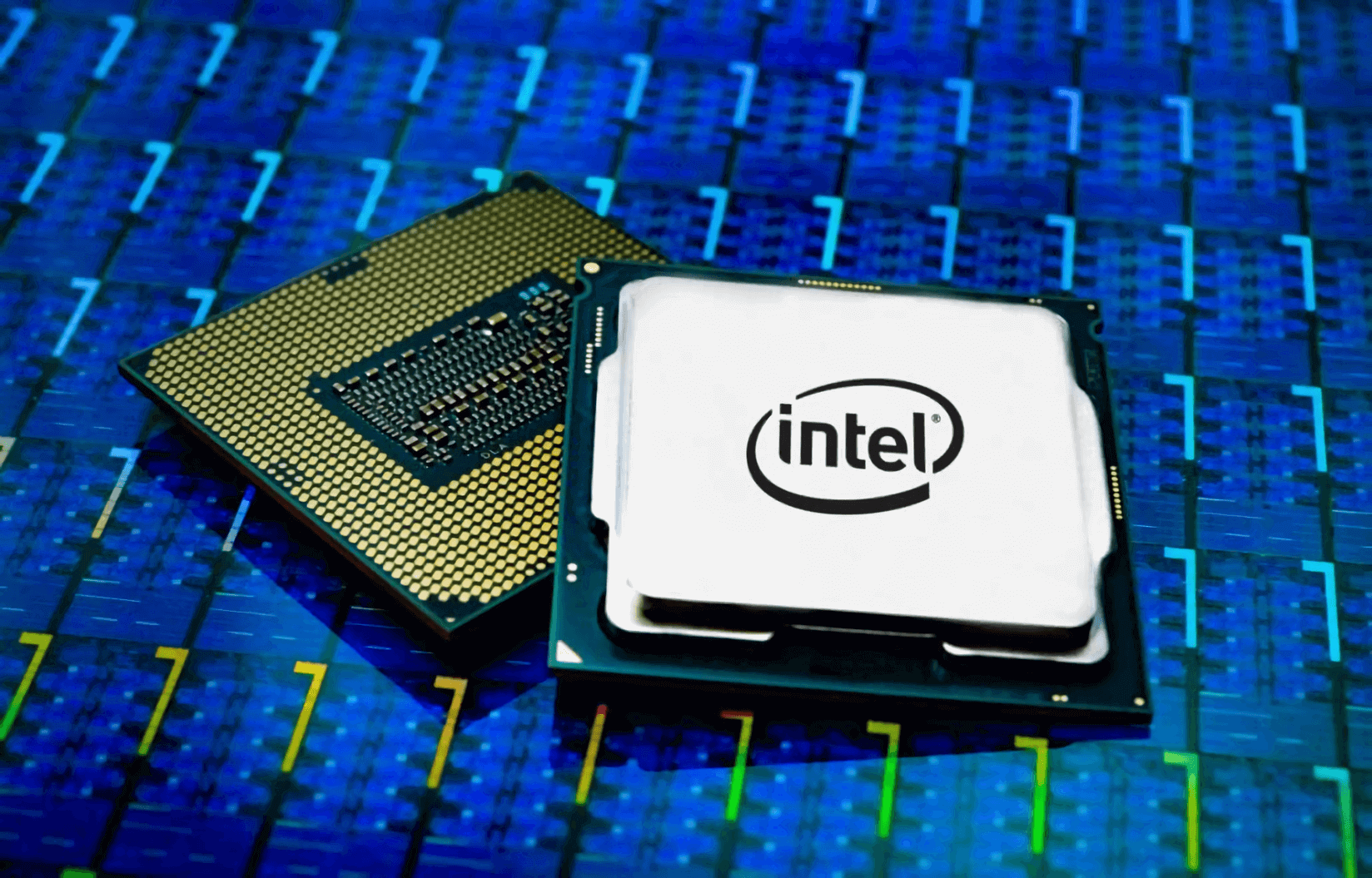Why it matters: Despite showing signs of improvement as we approached the second half of 2019, it seems Intel's 14nm CPU shortage, which is now approaching the 14 month mark, is set to continue. While no reasons have been confirmed by the chip maker, the shortage is being exacerbated by Intel's ongoing transition to 10nm, the prioritizing of higher-margin SKUs, and still limited 14nm capacity.

Last April, Intel warned that its CPU shortage -- which kicked off in August 2018 -- would persist until Q3, with subsequent reports signaling that the 14nm CPU drought could ease up by June. Fast forward to Q4, over a year removed from the start of Intel's supply woes, and the shortage is expected to persist for at least one or two more quarters.
The Register reports that executives from HP and Lenovo were on hand at the Canalys Channels Forum in Barcelona, where they both mused and speculated on the ongoing CPU shortage. Alex Cho, HP Personal Systems Business president, stated that Intel's shortage isn't limited to specific SKUs, but rather its entire portfolio. Cho continued: "No surprise that it's been a hard year, it makes life more complex and expect it to continue for another quarter or two."
Gianfranco Lanci, Lenovo COO, cited the current lackluster growth in the PC segment and blamed it squarely on Intel -- a sentiment both IDC and Gartner seem to share. Lanci claimed the market could've grown by 7% or 8%, rather than the ~4% recorded.
Lanci also went on to speculate as to why Intel hasn't rectified the shortage. From Lanci's vantage point, the problem can be attributed to either production issues, or an underlying, intrinsic architecture issue with the processors themselves.
"The interesting thing is the PC vendors do not know, they have no better information than we have. There is no sign of a short-term fix."
However, it seems that everyone is in a state of conjecture, as Intel has remained tight-lipped on the continued shortage. Steve Brazier, CEO of Canalys, stated that the "short answer is that we don't know. And they are not telling anybody, so nobody completely knows why. All we can do is speculate that they made a serious software design flaw." Brazier went on to say that "The interesting thing is the PC vendors do not know, they have no better information than we have. There is no sign of a short-term fix."
Earlier this year, Intel CEO Robert Swan addressed the ongoing shortage with customers, vowing to "never again to be a constraint" on customer growth. However, the recent comments from HP, Lenovo, and Canalys seem to paint a different picture.
In response to inquiries from the press, Intel issued the following statement:
"We continue working to improve the supply-demand balance for our PC customers. We invested an added $1bn in capital to achieve more capacity and flexible supply. As a result, we increased our 14nm capacity by 25 per cent while also ramping 10nm production. We've improved our supply every quarter. However, in the first half of 2019 we saw PC customer demand that exceeded our expectations and surpassed third-party forecasts. We are actively working to address the supply-demand challenge, and we expect supply in the second half will be up compared to the first half. We continue to prioritise available output toward the newest generation Intel Core products that support our customers' high-growth segments, and we plan to further increase our output capacity in 2020."
https://www.techspot.com/news/82415-over-year-later-intel-cpu-shortage-expected-last.html